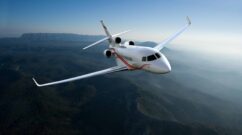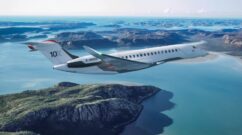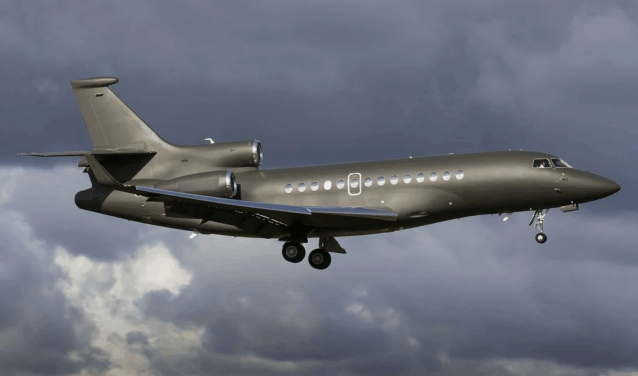For years, all you needed was a Twitter account and an Internet connection to find out – in real time – where the private jet of a CAC 40 executive, an international star or a tech billionaire was landing. This era is coming to an end. In the United States, the Federal Aviation Administration (FAA ) has strengthened its aviation data protection measures. At the same time, social platforms are suspending accounts that track private flights.
Behind this development lies a major shift: the end of default accessibility of flight data, in favor of greater confidentiality, demanded by those whose travels have become a strategic, security or image issue.
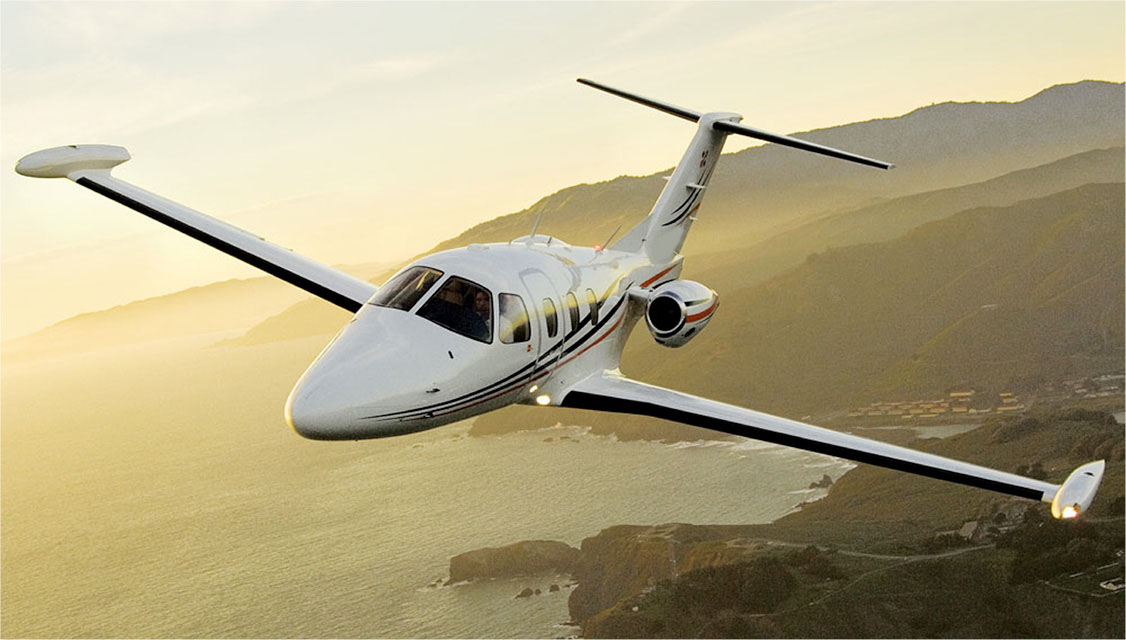
Traceability gone viral – and problematic
It all began with ADS-B (Automatic Dependent Surveillance-Broadcast) signals, emitted by all aircraft and picked up in real time by thousands of volunteer receivers. This data is aggregated on open platforms such as FlightAware, RadarBox or ADS-B Exchange, and consulted daily by enthusiasts… and then by Internet users the world over.
It was in this context that the name of Jack Sweeney, an American student, emerged. At just 19 years of age, he created an automated script that cross-references flight signals and FAA records to publish, live, the journeys ofElon Musk, Taylor Swift and many others. His Twitter accounts (@ElonJet, @CelebJets…) rack up millions of views. The phenomenon goes viral.
The phenomenon spread as far as France: Bernard Arnault was the target of an account listing all his travels. The account reached a peak in the summer of 2022, at the height of the controversy over the environmental impact of private jets. At the time, it had over 87,000 subscribers,
Very quickly, these publications were used to point the finger at the frequency of private flights, their carbon footprint, or their destinations considered “capricious”. What was once a matter of technological transparency became a tool for public surveillance. The personalities concerned are worried: loss of confidentiality, excessive exposure, even feelings of insecurity.
But beyond the buzz, the consequences are becoming concrete. Invasion of privacy, targeted harassment, compromise of personal security, industrial espionage, media pressure and deterioration of public image: to what extent can the right to transparency justify the almost permanent public exposure of private individuals?
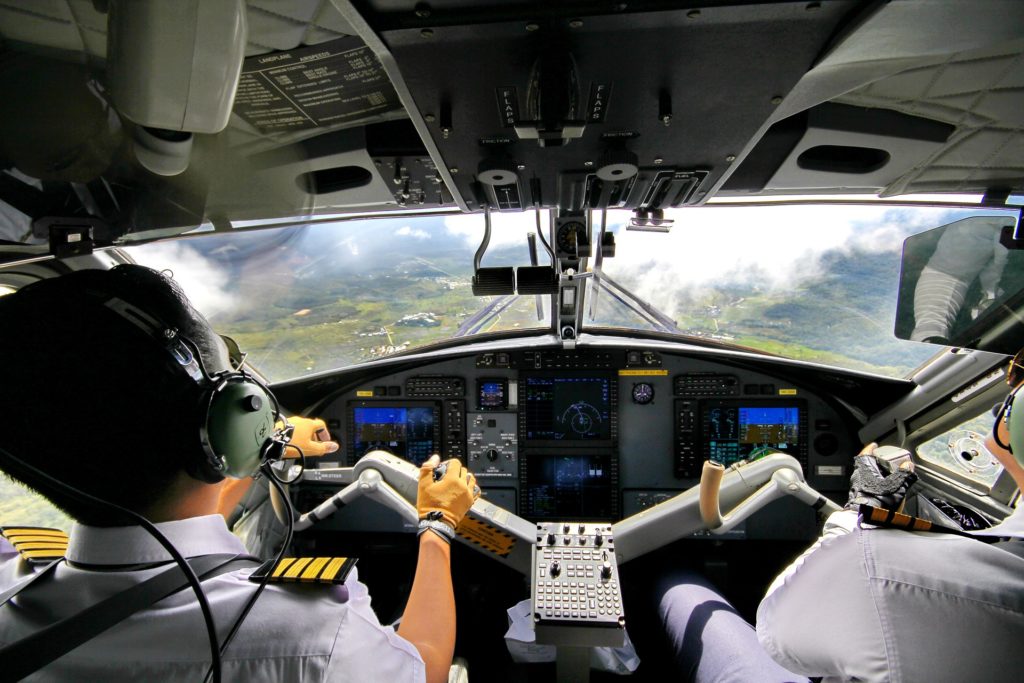
The US administration reacts in favor of confidentiality
Faced with rising tensions, between legal threats, political pressure and technological developments, the FAA (Federal Aviation Administration) has set about transforming the system. A regulatory shift whose consequences extend far beyond American borders, and which invites us to rethink our relationship with private mobility.
In October 2022, the Federal Aviation Administration (FAA ) announced new measures aimed at strengthening the protection of aircraft owners’ personal information. These initiatives are part of the Privacy ICAO Address (PIA) program, which enables aircraft owners to mask their identification data in aerial surveillance systems.
This program offers operators the possibility of limiting the public dissemination of certain sensitive information, such as flight plans and itineraries, thereby reducing security and privacy risks. The FAA emphasizes that these measures aim to balance the transparency required for aviation safety with the protection of users’ personal data.
Read the latest information on the FAA’s official website
Friday, March 28, 2025
WASHINGTON – As required by the FAA Reauthorization Act of 2024 (Public Law 118-63), the Federal Aviation Administration (FAA) implemented Section 803 Data Privacy, that allows private aircraft owners to request to keep certain ownership information, like their name and address, private and not publicly available on FAA websites.
Private aircraft owners and operators can now electronically request that the FAA withhold their aircraft registration information from public view.
Starting today, they can submit a request through the Civil Aviation Registry Electronic Services (CARES) to withhold this information from public display on all FAA websites.
The FAA will publish a request for comment in the Federal Register to seek input on this measure, including whether removing the information would affect the ability of stakeholders to perform necessary functions, such as maintenance, safety checks, and regulatory compliance. The FAA is also evaluating whether to default to withholding the personally identifiable information of private aircraft owners and operators from the public aircraft registry and providing a means for owners and operators to download their data when needed.
Tracking platforms: a double-edged sword
Today, a dozen or so platforms make it possible to track a jet’s movements from point A to point B in real time. In a sensitive institutional or commercial context, this can pose a problem. Tracking a CEO’s destination can sometimes mean guessing at a merger strategy, anticipating a move into a conflict zone, or identifying a future partnership. Data which, in the hands of a competitor or speculator, quickly takes on critical value.
The CEO of LVMH, Bernard Arnault, decided to sell his aircraft to avoid being followed. He now prefers to rent planes on an ad hoc basis, a solution that offers greater anonymity.
Antoine Arnault, his son, explains:
“It’s not great that our competitors can know where we are at any time. It can give ideas, it can also give leads, clues. It’s business confidentiality.”
A sober way of acknowledging a change: the move towards greater confidentiality. Behind this decision lies a reality that is often misunderstood by the general public: a private business flight is not a prestige operation, it is first and foremost a logistical tool – with its imperatives of security, confidentiality and time optimization at the service of individuals with more than a full agenda.
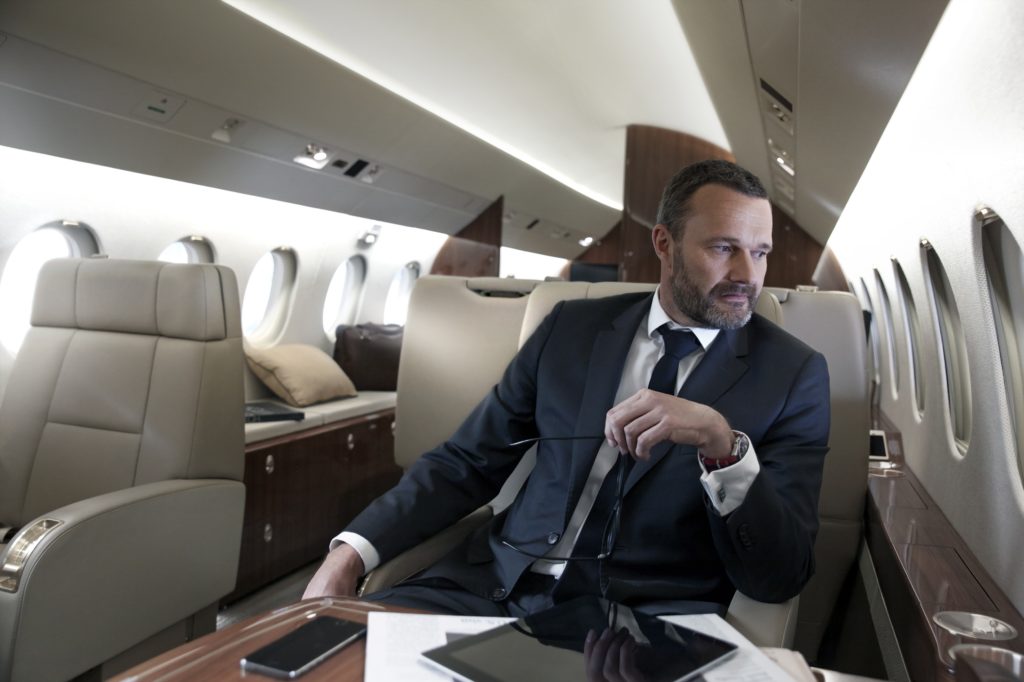
Renting rather than owning: a growing trend
Business leaders are adapting their practices. The choice of on-demand aircraft rental – whether for certified public passenger transport (with AEROAFFAIRES) or via private operators – not only makes it possible to modulate fleet capacity and availability, but also to introduce an additional level of discretion: temporary immatriculations, secondary boarding platforms, absence of fixed data in public registers.
According toEBAA (European Business Aviation Association)data, over 60% of regular users of private jets now prefer leasing to ownership. This trend is reinforced by ESG (environmental, social and governance) issues, geopolitical volatility and the ever-increasing demands for confidentiality in certain sectors (tech, finance, energy, diplomacy).
An environmental debate at the heart of jet stalking
Business aviation is increasingly being questioned about its carbon footprint, its place in the energy transition and the responsibilities associated with its use. This debate is legitimate. But it cannot be confined to the public geolocation of aircraft or the isolated observation of certain routes or individuals. The issue is broader: it concerns the evolution of practices, the search for technical and operational solutions to reduce environmental impact, flight optimization, the development of alternative fuels, and the implementation of compensation mechanisms. The sector is engaged in this transformation, which relies as much on innovation as on the adjustment of uses.

AEROAFFAIRES discretion, security and responsiveness
At AEROAFFAIRES, we’ve been working with executives, investment funds and government delegations for over 30 years. Many of them share the same concern: to fly, yes, but with discretion. Our teams organize each mission individually, with confidentiality and security protocols that are never left to chance. Behind the scenes, this means :
– a dedicated assistant, your sole point of contact,
– optimized flight plans validated with civil aviation authorities,
– a rigorous choice of certified operators,
– and a constant effort to limit the trace left behind, while complying with regulatory obligations.
Aircraft rental is more than just a journey. It’s a strategic solution, designed to adapt to changing circumstances, without compromising on safety or ecological commitment.
All our flights are 100% offset via our SkyCO2 program®, and each mission is calibrated to optimize the flight plan, limit repositioning and maximize efficiency.
A question? Contact our airline experts

Isabelle CLERC
CEO AEROAFFAIRES

François-Xavier CLERC
Founder AEROAFFAIRES
Our airline experts remain at your disposal to help you at every stage of your reservation.
/
Does the FAA’s announcement only concern the US market?
Yes, the measure announced by the Federal Aviation Administration (FAA) exclusively concerns immatriculated aircraft in the United States. It allows private aircraft owners to request the removal of their personal information (name, address, immatriculation number) from the FAA’s public databases.
This initiative is designed to reinforce the confidentiality of private aircraft owners on American territory. However, it has no direct effect on immatriculated aircraft in other countries, such as France. Privacy regulations vary from jurisdiction to jurisdiction, and national aviation authorities determine their own privacy policies.
It is important to note that, while this measure is specific to the USA, it reflects a growing global trend to protect the privacy of aircraft owners. Similar discussions are taking place in other countries, including Europe, concerning the protection of aircraft owners’ and operators’ personal data.
What measures can be taken to limit such tracking?
In the USA, the FAA offers programs such as LADD (Limiting Aircraft Data Displayed) and PIA (Privacy ICAO Address) to restrict the display of flight data. In Europe, options are more limited, but private jet charter offers a discreet alternative, as passenger information is not published.
How does AEROAFFAIRES guarantee customer confidentiality?
Renting allows the use of aircraft without the passenger’s personal information being associated with the aircraft. This considerably reduces the risk of unauthorized tracking, and offers greater flexibility to meet the specific needs of each mission.
AEROAFFAIRES is committed to offering a personalized service with a dedicated assistant per mission, ensuring total discretion. Our strict protocols ensure that customer information remains confidential at every stage of the process.

